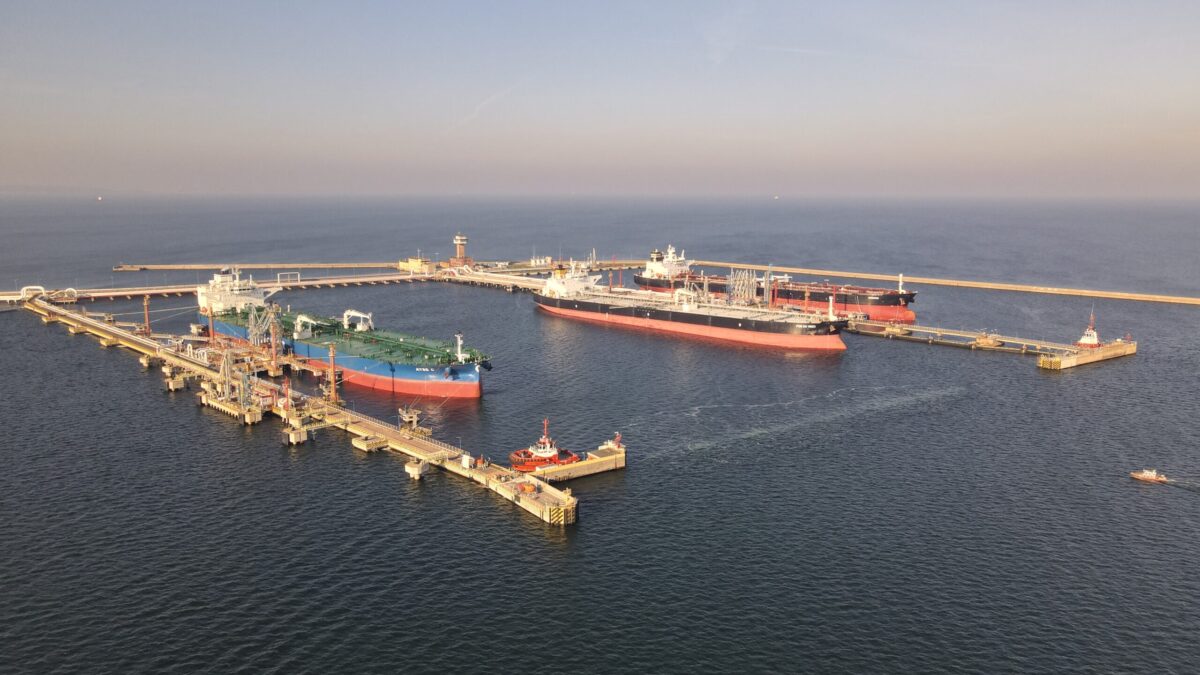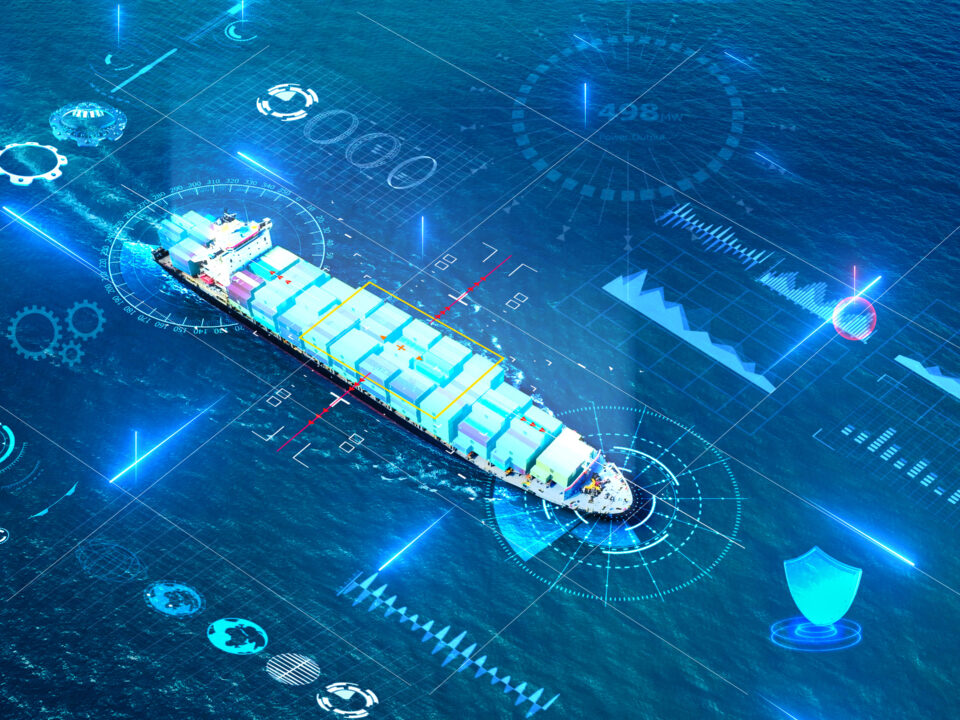
Coal shapes results
13 September 2024
How to revive the shipbuilding industry in Europe?
7 October 2024– In 2014, only 25% of the oil reached our country by sea, while 75% went through the “Friendship” pipeline. In geostrategic terms, as much as 93% of the oil imported into Poland at the time was Russian crude, and only 7% came from other directions. Now, after 10 years of preparation and targeted changes in the entire system: purchasing, supply, logistics and production, in 2024, already 100% of imported oil reaches us by sea, and 100% of it is non-Russian,” notes Andrzej Brzózka, president of the Liquid Fuels Handling Company Naftoport.
This means that for 10 years the situation has changed dramatically, and in this respect we have become completely independent of Russia. Interestingly, the achievement of such a state, assumed as a target, was accelerated by Russia itself with its military actions. Indeed, it was estimated that we would achieve raw material independence from Moscow by the end of 2024, switching 100% to maritime supplies. However, the attack on Ukraine made it happen 2 years earlier than expected, as early as 2022.
Currently, Poland receives more than 37 million tons of crude oil per year through Naftoport (last year 37.6 million tons, an increase of 47.5%), while the needs of Polish refineries in Gdańsk and Płock average 25-26 million tons per year. Therefore, the remaining volumes go to foreign partners in Germany, the Leuna and Schwedt refineries. As for the directions of supply, about 45% of the crude comes to Poland from Saudi Arabia, but also very significant is the share of Norwegian oil from the North Sea, accounting for about 35% of supplies. The remaining 20% are complementary destinations, i.e. the US, African countries, other Arab countries or oil from other North Sea countries, whether from the UK or Denmark, but also oil from our Baltic fields. The raw material arrives in Gdańsk primarily on tankers of 100,000 and 130,000 tons.
Naftoport also has direct fuel connections with Rafineria Gdańska, with the bulk of the terminal’s activity currently focused on handling crude oil as a strategic raw material for the entire oil sector. Therefore, at present, most supplies of marine fuel deliveries, primarily diesel, pass through theLiquid Fuels Handling Post in the Port of Gdynia and PERN’s base in Dębogórze. Last year, 3.5 million tons of fuel were handled at the Port of Gdynia, an increase of 57%.
It is also worth noting that oil and fuel transshipments now account for almost 50% of the Port of Gdańsk’s total turnover. Regardless of the scenarios regarding the twilight of the fossil fuel world and decarbonization projects, the oil market will continue to function in its current form for the next 25-30 years, experts say. In the period up to 2030, without some kind of emergency, production and demand levels will be maintained at current levels. It is likely that the next decade, i.e. the period up to 2040, will bring some declines, but relatively small, and volumes may stabilize. And in principle, it is only after 2040, the next decade, that we can expect a significant drop in demand for liquid fossil fuels, but it will not be low, because the petrochemical industry will continue to need oil for production, at a level of several tens of percent of current peak demand. Added to this is the transportation and working machinery sector.
Therefore, further investments in oil and fuel handling are planned.
Naftoport is preparing for the construction of a new 6th transshipment berth, which is scheduled to start in 2028. Once it is operational, the terminal’s potential will increase to more than 50 million tons per year. PERN, in turn, is jointly implementing a PLN 400 million investment with the Port of Gdynia Authority. On the base owner’s side is the construction of 3 additional storage tanks with a capacity of 50,000 m3 each, which will increase the storage capacity of the entire facility to about 500,000 million m3 (currently it is 360,000 m3). The Port of Gdynia, in turn, has declared the expansion of its fuel transshipment station, which will allow it to handle tankers with a carrying capacity of more than 120,000 tons.





